Milky Way And Its Neighboring Galaxies Reside In A Gigantic Celestial Void
MessageToEagle.com – The Milky Way and its neighboring galaxies reside in an enormous cosmic void – a region of space containing far fewer galaxies, stars and planets than expected.
This gigantic celestial void is estimated to be approximately 1 billion light years across.
A new study conducted by Ben Hoscheit, an undergraduate student at the University of Wisconsin, supports a 2013 research, which also showed the Milky Way exists in a sparsely populated region of the universe.
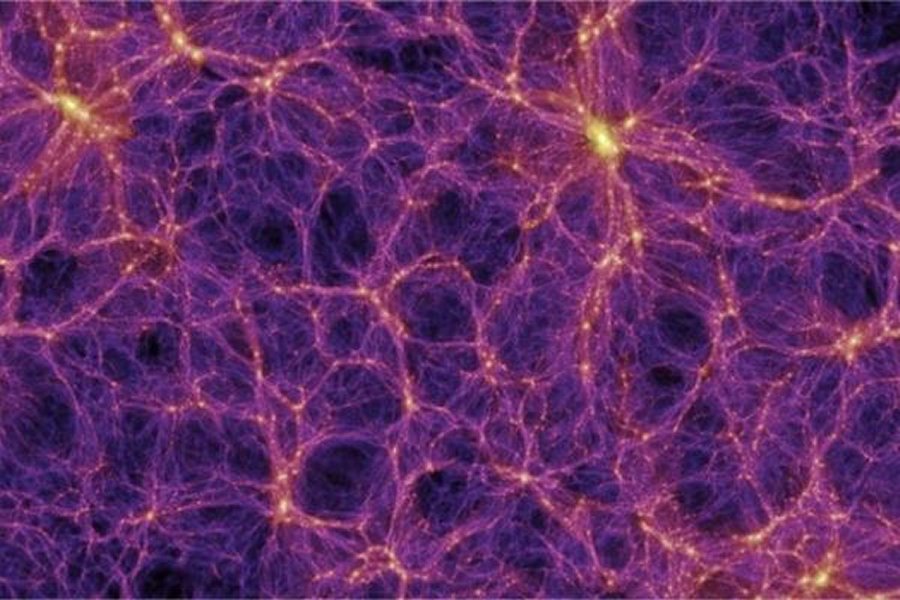
The study can be used to solve another problem astronomers have observed, namely the expansion rate of the Universe.
“No matter what technique you use, you should get the same value for the expansion rate of the Universe today,” Ben Hoscheit, a Wisconsin student and lead author of the research, said in a news release.
“Fortunately, living in a void helps resolve this tension.”
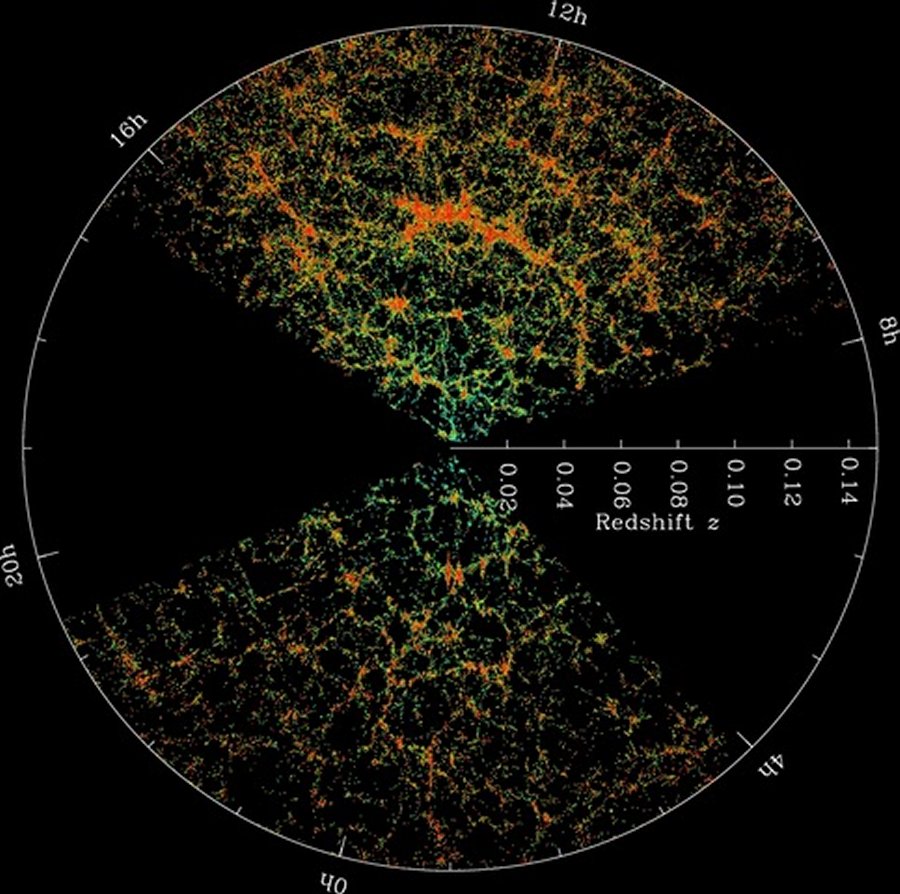
The Hubble Constant is the unit used by cosmologists to describe the rate at which the universe is expanding today. However, different groups of astronomers have developed different techniques for measuring this unit.
This is because outside the void there is far more matter exerting a slightly larger gravitational pull. One method to measure the expansion of the Universe, a value known as the Hubble Constant, uses nearby supernovae, which have a predictable amount of energy.
See also:
Boss Great Wall: Gigantic Wall Of Galaxies Located In Deep Space
Great Attractor: Mysterious Gravitational Anomaly Beyond Hydra-Centaurus Supercluster
Another technique uses the Cosmic Microwave Background (CMB), the leftover light from the Big Bang. This is measured across the Universe, and so would not be affected by the void. Tiny differences in the CMB are thought to end up as large-scale structures in the Universe, including the clusters of galaxies surrounding relatively empty voids.
“It is often really hard to find consistent solutions between many different observations,” said Professor Amy Barger, a University of Wisconsin–Madison astronomer.
“What Ben has shown is that the density profile previously measured is consistent with cosmological observables. One always wants to find consistency, or else there is a problem somewhere that needs to be resolved.”
The new analysis made by Hoscheit, says Barger, shows that there are no current observational obstacles to the conclusion that the Milky Way resides in a very large void. As a bonus, she adds, the presence of the void can also resolve some of the discrepancies between techniques used to clock how fast the universe is expanding.
Research is presented at a meeting at the American Astronomical Society on June 6.
MessageToEagle.com
Related Posts
-
 ‘Forbidden’ Planet in ‘Neptunian Desert’ Around its star – Discovered
No Comments | May 29, 2019
‘Forbidden’ Planet in ‘Neptunian Desert’ Around its star – Discovered
No Comments | May 29, 2019 -
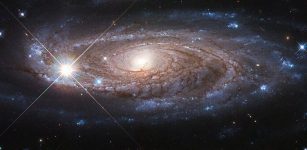 ‘Gentle Sleeping Giant’ Galaxy UGC 2885 Is 2.5 Times Wider Than Milky Way
No Comments | Jan 14, 2020
‘Gentle Sleeping Giant’ Galaxy UGC 2885 Is 2.5 Times Wider Than Milky Way
No Comments | Jan 14, 2020 -
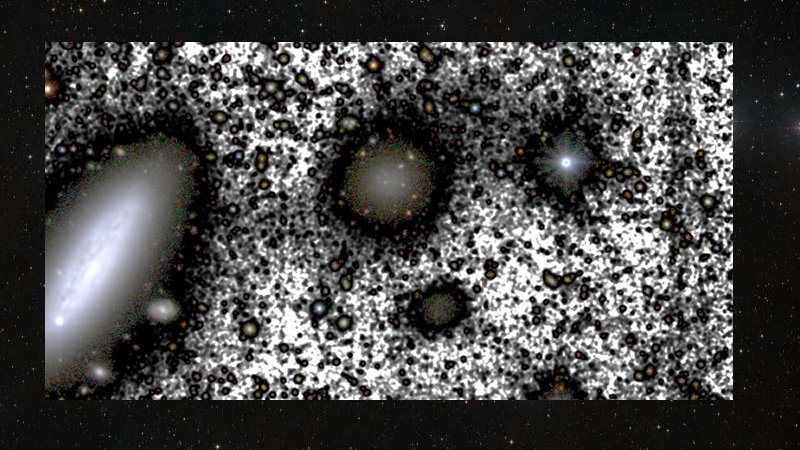 New Hubble Data Explains Missing Dark Matter
No Comments | Dec 5, 2020
New Hubble Data Explains Missing Dark Matter
No Comments | Dec 5, 2020 -
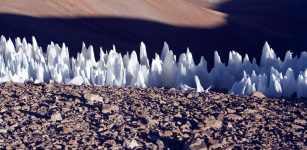 Could Ice Spikes On Europa Moon Jeopardize A Spacecraft Landing? A Study Suggests So
No Comments | Nov 22, 2018
Could Ice Spikes On Europa Moon Jeopardize A Spacecraft Landing? A Study Suggests So
No Comments | Nov 22, 2018 -
 A New Galaxy About 37 Million Light-Years Away – Spotted
No Comments | Aug 24, 2018
A New Galaxy About 37 Million Light-Years Away – Spotted
No Comments | Aug 24, 2018 -
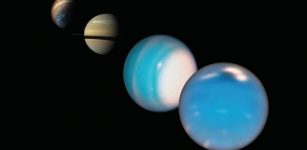 Mushballs Stash Away Missing Ammonia On Uranus And Neptune
No Comments | Sep 18, 2021
Mushballs Stash Away Missing Ammonia On Uranus And Neptune
No Comments | Sep 18, 2021 -
 ‘Little Lion’ Galaxy Could Shed Light On Big Bang, New Study
No Comments | May 16, 2016
‘Little Lion’ Galaxy Could Shed Light On Big Bang, New Study
No Comments | May 16, 2016 -
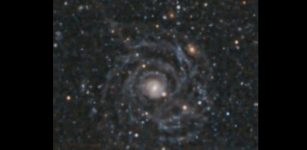 Astronomers Study Giant Low Surface Brightness Galaxies
No Comments | Jun 6, 2021
Astronomers Study Giant Low Surface Brightness Galaxies
No Comments | Jun 6, 2021 -
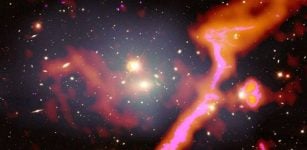 New Sky Map Reveals Hundreds Of Thousands Of Previously Unknown Galaxies
No Comments | Feb 20, 2019
New Sky Map Reveals Hundreds Of Thousands Of Previously Unknown Galaxies
No Comments | Feb 20, 2019 -
 Researchers Begin To Understand Correlation Of Schumann Resonances And Dust Storms On Mars
No Comments | Nov 4, 2021
Researchers Begin To Understand Correlation Of Schumann Resonances And Dust Storms On Mars
No Comments | Nov 4, 2021
